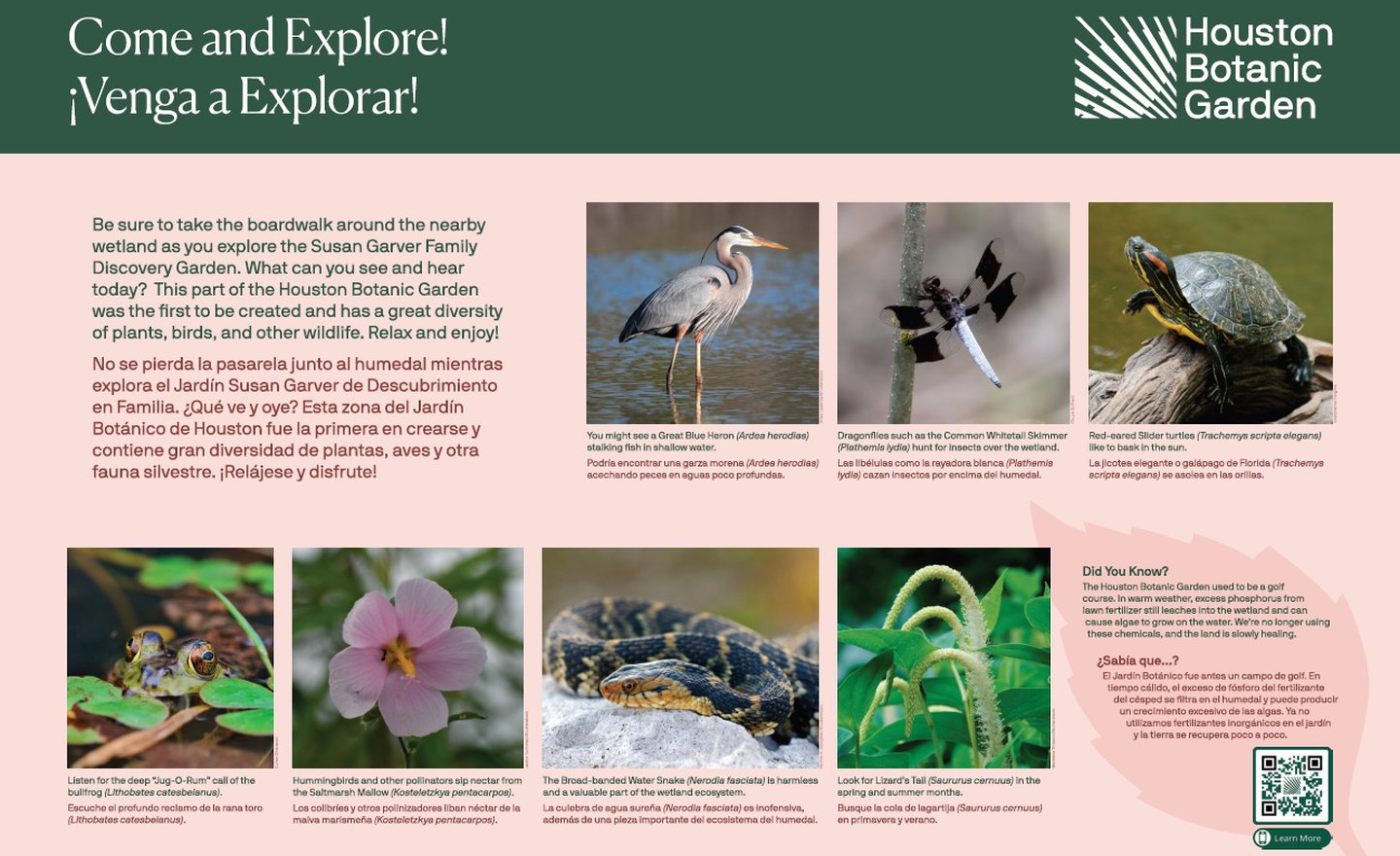Wildlife at the Garden
Damselflies
Most people are familiar with dragonflies, but what about their smaller cousins, the damselflies?
Damselflies are in the same order (Odonata) and share many similarities with dragonflies, but you may miss them if you’re not looking. Damselflies, as the name suggests, are daintier and most are much smaller than dragonflies. Their eyes are smaller and set more widely apart, and they fold their wings over their body while at rest, unlike dragonflies that keep their wings open.
Damselflies like to hover over vegetation and pluck off unsuspecting prey, whereas dragonflies use amazing aerial acrobatics to catch their prey in flight. You will often see them slowly flying over plants near a body of fresh water.
Although they are beautiful and brilliantly colored, they are often over-looked due to their smaller size. While this is true of our native damsels, the largest of all Odonates is the helicopter damselfly from Central and South America. It can have a wingspan of up to 7.5 inches and it feeds primarily on orb-weaver spiders by plucking them from their webs. Creepy, huh?
Water Snakes vs. Water Moccasins
The Garden is home to several species of snakes and two species are commonly seen in and around our lagoon: the plain-bellied water snake (Nerodia erythrogaster) and diamondback water snake (Nerodia rhombifer). These are harmless, non-venomous snakes that are often mistaken for venemous snakes, such as the infamous water moccasin or cottonmouth.
All snakes are beneficial. They are integral in keeping food webs balanced and are significant pest control agents, keeping many pest populations in check.
Water moccasins do share some similarities with our water snakes. They live around bodies of water such as streams, creeks, marshes, swamps, ponds, and lakes. They have similar coloration, especially to the plain bellied water snake. But, a good way to tell them apart is by their heads and necks. Water moccasins have blocky heads, distinct necks, and thick, stocky bodies. Non-venemous water snakes have narrow, round heads, and longer, thinner bodies. If approached, water snakes tend to flee quickly, whereas water moccasins will curl into a “s” shape and open their mouth wide in a defensive display.
Unfortunately, the plain-bellied water snake is considered a conservation risk, like other wetland species, due to the loss of wetland habitat. It is also often killed because of misidentification.
However you feel about snakes, they play an important role in our environment and are welcome here. If you encounter a snake in the Susan Garver Family Discovery Garden, try to snap a picture and enjoy and respect it from a distance.
